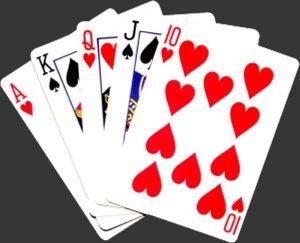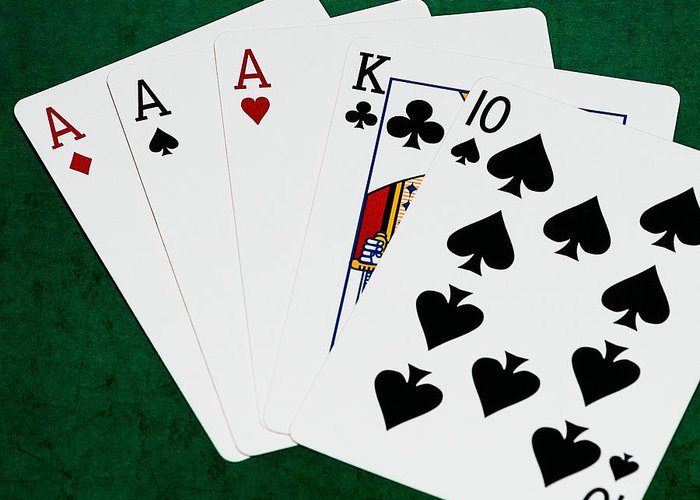Putting Players on Hands in Five Card Draw

You don’t see a lot of strategy articles anymore for old school Five-Card Draw games. This is because outside of home games, it is very hard to find a game. However, there are times you will need to know how to play what many consider to be a dinosaur poker game. For example, Dealer’s Choice games are one possibility.
Today, we will start with some basic strategy behind how to place a player on a hand based on what they’ve drawn. This skill is vital in helping you maximize your profits in the game.
Four-Card Draws
This is a fairly simple read as many Five-Card Draw games require that a player have an ace in order to draw four. In live casino games, this is not a rule. However, it is rare you will see someone draw four with anything other than an ace. If allowed, these players will simply draw a new hand.
Three-Card Draws
A player drawing three cards is almost always holding a pair. Generally, this will be a medium to high pair, but if the player is in the blind or the game is a wild one, it could be any pair. This player is trying to catch anything to improve their hand, preferably trips or better.
Once in a while, you will see someone hold something like A-K and draw three. This is usually a player that doesn’t know what they are doing. Assume the player has a pair and play accordingly.
Two-Card Draws
Now you get to one of the trickier draws in the game. If a player is drawing two cards, they could have a couple of different holdings. Some will naturally assume that the player is holding three of a kind and drawing two. This could be true and if they were betting or raising on the deal, this could be the case.
More often than not, the player is sitting there with a bid pair and a good kicker, or a smaller pair with an ace. This player is trying to improve his odds by drawing to two pair. When you draw to trips, you have two outs to improve your hand.

Most players will draw two with this hand. A few will hold the king.
Holding a pair with an ace or aces with a face card gives you six outs to improve. Sometimes they will catch trips. Other times they will get two pair. Of course, they can catch really lucky and fill up. Unless your player is an aggressive player, how they bet after the draw will help narrow down what they are chasing.
On occasion, you will find a player drawing two to a straight or flush. This is generally when they have three big cards, such as K-Q-J, or three suited cards with an ace. If the player is in the blinds, they may attempt this draw. Some will do the same if the stakes are low and there’s a lot of action giving them pot odds to draw.
One-Card Draw
Placing a player on a hand after they draw one card is based on betting after the deal. A player that is putting in multiple bets or raises is probably sitting with two pair. When your opponent is limping in and drawing one, they are generally on a draw. An aggressive player may raise in position with a draw, but most will take the free card or just limp.
After the draw, a lot of players that miss will generally give up their hand, especially if they feel you’ve got a pair you’ll call with. Players in position will usually fold to a bet.
There are the rare occasions that you will find a player draw one with trips or with four of a kind. The player drawing with trips is probably holding an ace or face card and looking to fill up. They may also be trying to lure you into a big pot on the strength of their trips.
For players holding four of a kind, it’s all about deception. They want you to think they are weak and light them up. They’ll then pounce to try and extract maximum value.
Stand Pat
So your opponent stood pat on you. Crap. If anything, this will make your decision easy. Any borderline decisions, such as whether to hold a pair or go for the straight, will default to the draw that gives you a shot at the highest hand.
In this case, if you draw and fail to improve, it’s time to shut it down. The only exception is when you are against someone that is known to snow. Snowing is when someone stands pat to scare players into folding. You don’t see it as often in Five-Card Draw games, but players watching NL 2-7 may pick up the habit.
For players that have a tendency to snow, only call them down if you have a hand that’s reasonable to do so or if the bets are small enough to allow it. If you’re playing PL or NL Draw, you better have a hand or get out of the way.
These tips work best on lower stake games and against amateurs. They generally hold true for more experienced players, but experienced players may mix it up a bit. Most of the time, the above tips will help you make perfect read on Five-Card Draw players.
